Before resuming our ‘Mackintosh Trail in Roussillon‘ and our ‘Journey around Scotland‘ and also to pave the way for Janice’s philatelic post about Beatrix Potter, I invite you to share with us pictures and pages about this very popular English author who wrote and illustrated so unforgettable children tales. Beatrix Potter was also a good naturalist (known for her mycological illustrations and research on the reproduction of fungi spores) and a very active conservationist. She loved Scotland passionately!
From the age of 5 to the age of 15, Beatrix Potter spent her summer holidays in Scotland where her family used to rent ‘Dalguise’, a big old mansion situated near Dunkeld in Perthshire. She felt very happy there, leading a country life which greatly contrasted with her urban life in London. Her young brother Bertram, with whom she shared the best moments of this happy life, would later become a landscape painter with a definite penchant for the beautiful landscapes of Scotland. These Scottish holidays left their mark forever on young Beatrix Potter to whom Scotland appears to have been a major source of inspiration.
Indeed, two of Beatrix Potter’s most popular tales are rooted in Scotland: The Tale of Mrs Tiggy-Winkle (1905) and The Tale of Mr Jeremy Fisher (1906).
I remember every stone, every tree, the scent of the heather, the murmuring of the wind through the fir trees. Even when the thunder growled in the distance, and the wind swept up the valley in fitful gusts, oh, it was always beautiful, home sweet home…
(The Journal of Beatrix Potter,Leslie Linder Frederick Warne 1989 )
‘… oh, it was always beautiful, home sweet home’… Beatrix Potter was 18 when she wrote these lines full of poetry and enthusiasm, which express her love of Scotland…
Looking back on a decade of holiday summers in Scotland, it seemed to Beatrix that her happiest moments were those spent at Dalguise. There she got extra attention from her father, the opportunity to have as many pets as she wanted, to collect butterflies, identify birds, make friends with farm animals, explore the countryside, and draw and paint whatever she saw, whenever she wanted.
( Beatrix Potter The extraordinary life of a Victorian genius Linda Lear)
For having travelled around Scotland a number of times and, as often as we could, out of the beaten track, we know what it means to explore the Scottish countryside and even to get lost there. The landscapes are truly breathtaking, the fauna and flora particularly rich and well-preserved and we have taken hundreds of pictures of it all, as Rupert Potter and his daughter did at a time when photography was only in its beginnings.
Born in London, Beatrix Potter lived many years in the magnificent English Lake District, not far from Scotland.
Near Sawrey was still a hamlet when Helen Beatrix Potter, a 39-year-old spinster from London, became the unlikely owner of Hill Top. The seventeenth-century farm sits back from the road on the eastern edge of the quiet, peaceful village – a place that looks like artists’ country. A few other farms, some scattered whitewashed cottages and the grandly named Tower Bank Arms stood, then as now, fronting fields that slope down to the shore of Esthwaite Water, one of the prettiest of the smaller lakes. Framing this soft hilly country are the Tilberthwaite Fells, and beyond them loom the Langdale Pikes.
( Beatrix Potter The extraordinary life of a Victorian genius Linda Lear)
In 1905, Beatrix Potter bought Hill Top Farm in Near Sawrey but she would purchase other farms later, thus contributing to preserve the beautiful hill country landscape of the area. She was 47 when she married William Heelis, a respected local solicitor and prosperous farmer who shared his wife’s convictions about land preservation.
It is with the English Lake District that Beatrix Potter is most often associated but the fact that for eleven successive years she spent the three months of her summer holidays in Scotland is far from being negligible.
Several times we planned to visit the English Lake District on our way to Scotland but each time, on our arrival there, the weather was so bad that we finally had to give up the idea. We are still very eager to visit the area, not only for the outstanding beauty of its landscapes but also because great poets have lived and worked there: William Wordsworth and his sister Dorothy Wordsworth who is the author of the famous Recollections of a Tour Made in Scotland, Samuel Taylor Coleridge, Tennysson, Hugh Walpole, Ruskin, etc…
Sir Walter Scott was himself very fond of the place. He climbed Helvellyn (3,117 ft – 950m), the highest peak of the Eastern Fells and he third highest peak in both the Lake District and England with Wordsworth and Humphry Davy. In his poem ‘Helvellyn’, he immortalized a tragic event which had taken place on this mountain.
I climb’d the dark brow of mighty Helvellyn,
Lakes and mountains beneath me gleam’d misty and wide;
All was still, save by fits, when the eagle was yelling,
And starting around me the echoes replied.
On the right, Striden-edge round the Red-tarn was bending
And Catchedicam its left verge was defending,
One huge nameless rock in the front was ascending,
When I mark’d the sad spot where the wanderer had died.
Dark green was that spot ‘mid the brown mountain heather,
Where the Pilgrim of Nature lay stretch’d in decay,
Like the corpse of an outcast abandon’d to weather,
Till the mountain winds wasted the tenantless clay.
Nor yet quite deserted, though lonely extended,
For, faithful in death, his mute favourite attended,
The much-loved remains of her master defended,
And chased the hill-fox and raven away. (…)
Charles Gough (1784 – April 1805) was an artist of the early English romantic movement in the 18th and 19th centuries. He did not achieve significant fame in his lifetime, but after his mysterious death in 1805, he became seen as a martyr, and an icon of the romantic vision. The story of his death was visualised by some of the leading poets and artists of the period.
Gough was a tourist visiting the Lake District from Manchester in April 1805, when on 17 April he decided to walk over Helvellyn to Grasmere. He took his dog, Foxie, with him and set off via Striding Edge. He was never seen alive again. Three months later on 27 July a shepherd heard barking near Red Tarn, and on investigating, discovered Foxie beside the body of her master. (…)
Francis Danby and Edwin Landseer painted the scene, Landseer titling his Attachment. The painting was exhibited at the Royal Academy in 1830, accompanied by the poem Helvellyn, written about the death by Sir Walter Scott.William Wordsworth also produced a poem describing the scene, entitled Fidelity. Wordsworth lived in the lakes, and had brought both Scott and the chemist Humphry Davy to see the spot where Gough’s body was found.
Source Wikipedia
Beatrix Potter probably knew this local story and Walter Scott’s poem. What is sure is that she had been introduced very soon to the reading of the great Scottish author…
I learned to read on the Waverly [sic] novels, I was let loose on Rob Roy, and spelled through a few pages painfully, then I tried Ivanhoe – and The Talisman – then I tried Rob Roy again; all at once I began to READ (missing the long words, of course)… I had very few books – Miss Edgeworth and Scott’s novels I read over and over.
(Beatrix Potter – 1929)
I try to imagine what it can be for a little girl to try and learn reading in one of the Waverley novels be it Rob Roy, Ivanhoe, The Talisman or any other one for that matter. Beatrix Potter’s first nurse, Ann Mackenzie, must have been for something in such a choice for she was a Scot. As underlined by Linda Lear in her biography [the Scot nurses] ‘were simply thought the best nurses to be had and no wealthy Victorian family could be without one. Nurse Ann Mackenzie from Inverness was a Calvinist, presumably dour and intolerant of permissiveness, which was, of course, the point.’ So, from an early age, the little girl not only received the basis of a Scottish education but also she soon got immersed in the world of Scottish history, songs and folk tales.
There was certainly a magic air about these Scottish holidays, for even McKenzie, the correct, the inflexible, the lover of starched piqué, became strangely unlike her London self, and remembered fairy stories (..) Beatrix, misleading steady of eye and stolid of expression, absorbed it all – ‘the firm belief in witches, fairies and the creed of the terrible John Calvin. The creed, she afterwards reflected, ‘rubbed off, but the fairies remained.’ Remained, but with a difference; that it was not McKenzie’s goblins and spirits that her imagination welcomed, so much as the poetic freedom to project her own fantasies on to the animal kingdom.’
(The Tale of Beatrix Potter Margaret Lane F.Warne & Co. 1949)
‘I do not remember a time when I did not try to invent pictures and make for myself a fairyland amongst the wild flowers, the animals, fungi, mosses, woods and streams, all the thousand objects of the countryside; that pleasant unchanging world of realism and romance, which in our northern clime is stiffened by hard weather, a tough ancestry, and the strength that comes from the hills.’
(Beatrix Potter)
Beatrix Potter was not only a great reader of Sir Walter Scott’s novels but she also shared his great love of animals and more particularly of dogs. By the way, just compare the name of Beatrix Potter’s favourite sheepdog Kep, a collie, with that of Sir Walter’s beloved dog Kemp 😉
Kep is indeed the hero of one of Beatrix Potter’s stories. In The Tale of Jemima Puddle-Duck the good dog saves the naive duck from the fangs of the flattering and cunning fox who lives in the forest.
It sometimes happens, that the town child is more alive to the fresh beauty of the country than a child who is country born. My brother and I were born in London… But our descent, our interests and our joy were in the north country.’
(Beatrix Potter)
The summer of 1871 was the beginning of a decade of summers Beatrix spent at Dalguise – a place which immediately became home to her heart. The Scottish landscape provided a feast for her eye, nourishment for her imagination and freedom for her spirit. It was this landscape against which she would compare all others, and upon which she would base her aesthetic value of nature.
( Beatrix Potter The extraordinary life of a Victorian genius Linda Lear)
Beatrix Potter’s love of Scotland is omnipresent in her writing, in her tales as well as in her diary and letters and she never forgot how sad she felt when their holiday home was no longer available for renting. It was the end of a wonderful page, the end of childhood…
The story goes on in Dunkeld where everything is done to celebrate her memory. We’ve visited the beautiful Beatrix Potter garden and the Museum.
Peter Rabbit welcomes us at the entrance gate. The garden is peopled with a number of sculptures representing some of the animals appearing in Beatrix Potter’s tales.
Here’s Jeremy Fisher quietly fishing in his pond … no risk here to be swallowed up by ‘a great big enormous trout’…
Mr Fox inviting you to follow him into the shed where he lured silly Jemima Puddle Duck…
Peter Rabbit indicating the direction but can we trust him ?
After lingering quite a long time in the garden and sharing a delicious snack in the Museum restaurant we did not have much time left to see Dunkeld and the area. We decided to go and visit the cathedral but we could not enter it for a wedding was about to be celebrated there…
…but we were very happy to have a new opportunity to admire our Scottish friends in their beautiful traditional costume.
We sat a moment on the bench in front of the Tay, listening to the murmur of the river and wondering what can be the secret of the Scottish gardeners to obtain such quality of lawn…
Of course, we could not leave Dunkeld without paying a visit to the famous Birnam oak. The big creature seems still much bigger when you stand at its feet…
The Birnam Oak is an example of Sessile oak (Quercus petraea) at Birnam, Perth and Kinross, Scotland (grid reference NO032421). Sometimes known as Macbeth’s oak, as it is a relic of Birnam Wood, mentioned in William Shakespeare’s play, the tree is found in a strip of woodland on the south bank of the River Tay. The trunk is 5.5 metres wide and its large spreading branches have latterly been supported on a number of struts to prevent them from collapsing under their own weight. The tree is listed as one of the Forestry Commission’s Heritage Trees. (Wikipedia)
Next time we’ll try to find Dalguise and in the meantime I go on reading…
The journey north from the Fair City of Perth to Inverness the Highland Capital by way of Dunkeld, Blair Atholl and the Pass of Drumochter, is one that has been made by countless travellers for centuries. The valley of the River Tay is a green and pleasant land, fringed by beautiful wooded slopes, patched by broad farmlands and scattered small communities. There is an air of quiet continuity. (…)
It was the custom for wealthy families to leave London in the summer months and accordingly, in 1871, Mr Potter rented Dalguise House for himself, his wife Helen and their little daughter Beatrix.(…) Dalguise became the family’s summer holiday destination for 11 successive summers until 1881, when it was no longer available.
This was the era of great railway developments, of which the Potters made full use, taking with them by train from London to Dalguise and later Birnam, their own carriage and horses and of course their own servants and coachman.
(Beatrix Potter’s Scotland Lynne McGeachie 2010)
Beatrix Potter’s Scotland is the work of an admirer but also the result of a big work of research in Scotland and elsewhere. The author is a member of the Beatrix Potter Society and the translator of The Tale of Peter Rabbit in Scots. I like very much her lively and poetic style as well as her use of so many anecdotes and quotes from the letters and diary of Beatrix Potter. I do love too her description of Perthshire. She lives there and she has a great sense of the place. The cover of the book is very beautiful too.
(Dalguise House, near Dunkeld – Source Wikimedia)
The bees hum round the flowers, the air is laden with the smell of roses, Sandy lies in his accustomed place against the doorstep. Now and then a party of swallows cross the lawn and over the house, screaming shrilly, and the deep low of the cattle comes answering one another across the valley, borne on the summer breeze which sweeps down through the woods from the heathery moors.
(Beatrix Potter )
Situated amid well-tended lawns and gardens, the grounds extend back into dark woods covering low hills behind the house. Its long driveway meets a narrow but quiet public road where pheasants have time to cross at leisure. Scottish blackface sheep and Highland cattle graze pastures beyond the hawthorn hedges, wild roses and birch trees of the sparsely scattered township of Dalguise. The word Dalguise or ‘Haugh of fir’ is derived from the Scottish Gaelic Dail meaning ‘haugh’ or ‘meadow’ and giuthas meaning ‘fir’, a perfect description of the place. In warm weather cattle stand knee deep in the sparkling waters of the River Tay bordering the grazings and in season salmon fishermen cast their lines in the cold fast-flowing waters. Northwards the high hills change colour as the year moves on. Beatrix observed this scene around Dalguise House and its environs every year until she was 17.
(Beatrix Potter’s Scotland Lynne McGeachie 2010)
Two old and rather cheap editions of Margaret Lane’s books are on their way to my library together with The extraordinary life of a Victorian genius but I’ve already downloaded Margaret Lane’s and Linda Lear’s biographies on my Kindle 😉 I’ve underlined many passages on it but so far I’ve only read the beginning of these books and especially the ‘Scottish pages’ ;-).
The Tale of Hill Top Farm and Linder Leslie’s History of the Writings of Beatrix Potter should arrive soon too.
My edition of the Tales is Beatrix Potter The Complete Tales (Warne 1997), a big volume which would certainly not have been Beatrix Potter’s favourite format ;-).
Beatrix Potter was first of all an artist and writer of place who found her personal and intellectual freedom in nature. She later became a conservationist in an effort to preserve the landscape that had inspired her art.
My research has taken me to many of those places which were imprinted upon her inner eye, shared in her art and left to us by her stewardship. I have followed her from London to Hertfordshire, to the coastal towns of the south, to Scotland, Wales, to the Greater Manchester area, and finally to the Lake District.
I have consulted numerous archives, libraries and collections (…) Eileen Cox of the Dunkeld Cathedral Archives; Jane Anderson, Blair Castle Archives, Pitlochry (…)
Susan Wittig Albert joined me in the hunt for evidence when she began her own acclaimed mystery series. ‘The Cottage Tales’ of Beatrix Potter. Her friendship has been an unexpected gift of this adventure.
The author of Peter Rabbit and other tales, Beatrix Potter is still, after a century, beloved by children and adults worldwide. In this first Cottage Tale, Albert introduces Beatrix, an animal lover and Good Samaritan with a knack for solving mysteries. With help from her entourage of talking animal friends, Beatrix sets out to win over the human hearts of Sawrey, where she’s just bought an old farm and plans to stay.
I’m very glad to have found on You Tube good videos of Beatrix Potter’s ‘Scottish Tales’. It is a good way to discover or re-discover these stories and also to improve our English when our native tongue is another language.
The Tale of Mrs. Tiggy-Winkle (1905)
The Tale of Mr Jeremy Fisher (1906)
For the pleasure of listening to another story by Beatrix Potter here’s my favourite one (together with The Tale of Mrs. Tiggy-Winkle). I’ve learned that the Tailor of Gloucester was Beatrix Potter’s favourite story 😉
The Tailor of Gloucester (1903)
………………..
And to end this post, below are the last three episodes of Miss Potter. Maybe some of our readers will find in them a good opportunity to learn Spanish for I couldn’t find versions of them without Spanish subtitles.
Film Miss Potter parts 6 -7-8
http://youtu.be/DBAqVLhOj1M
http://youtu.be/z7guxfETCwo
http://youtu.be/VTT2-biqC4M
‘I have just made stories to please myself because I never grew up’
This is what Beatrix Potter told Mrs. Bertha Mahony Miller, in describing her methods of writing. Don’t these words ring a bell ? That of Tinker Bell 😉 JM Barrie was born six years before Beatrix Potter and Peter Pan or The Boy Who Wouldn’t Grow Up was published in 1911…
Keep your inner child alive!
Bonne lecture.
A bientôt.
Mairiuna.




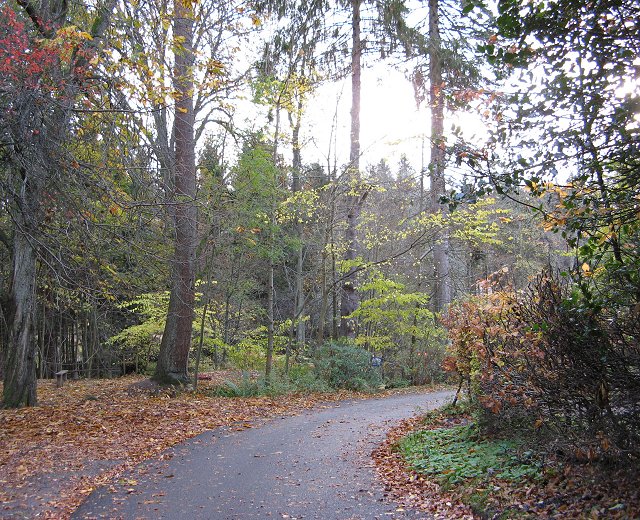

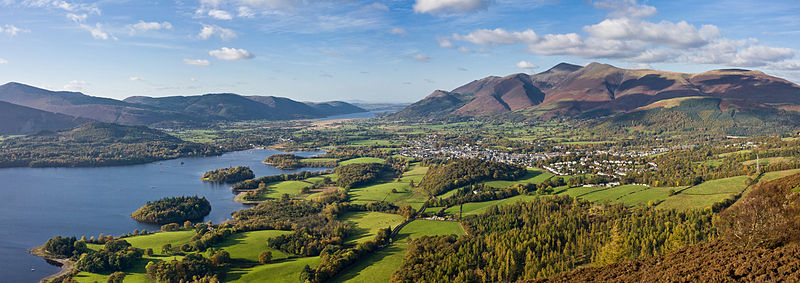


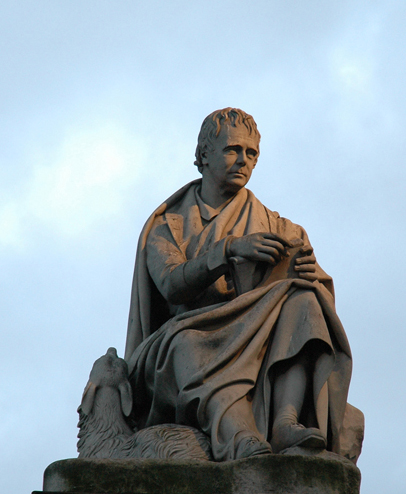

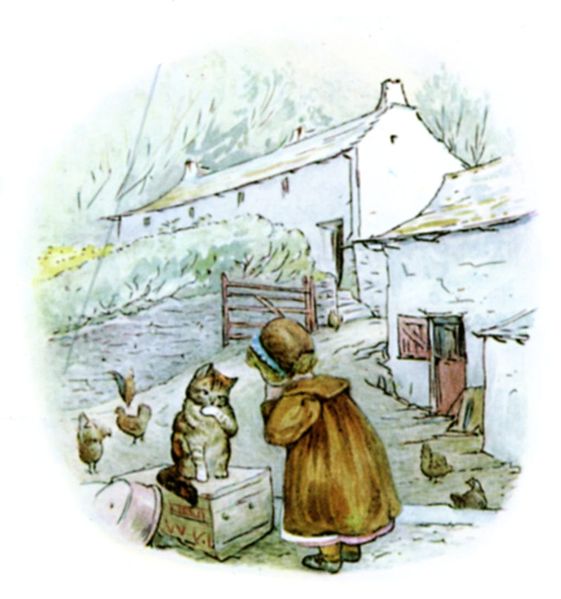

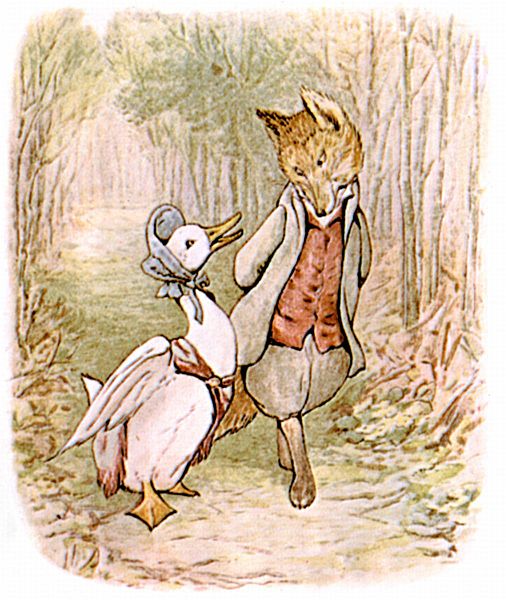

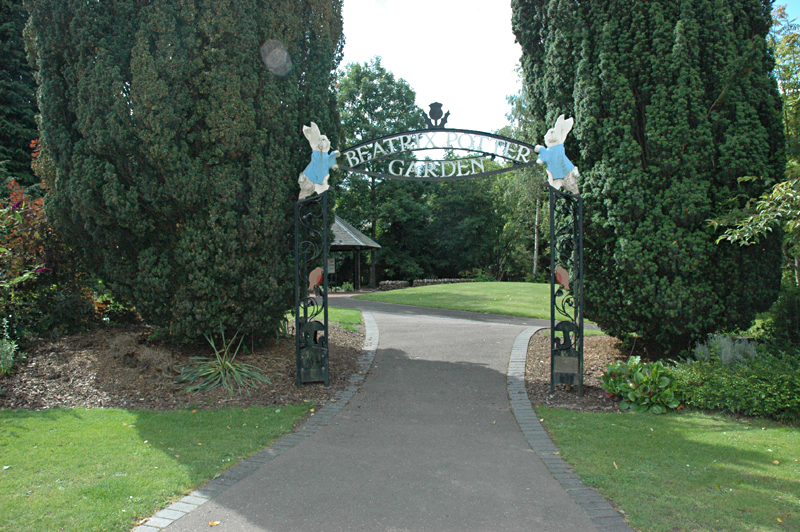

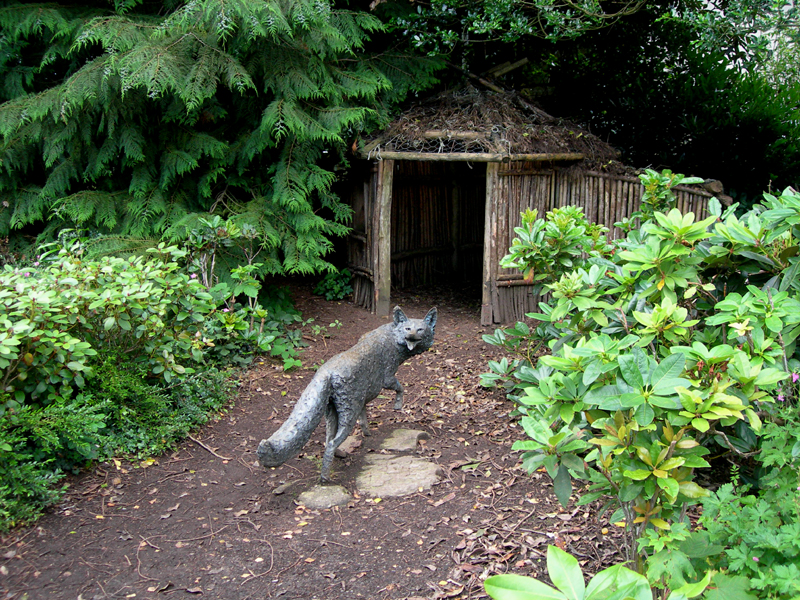

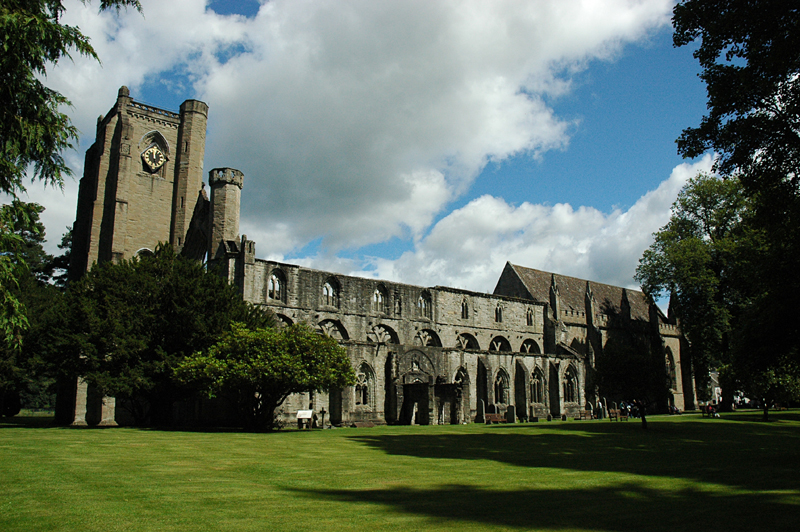

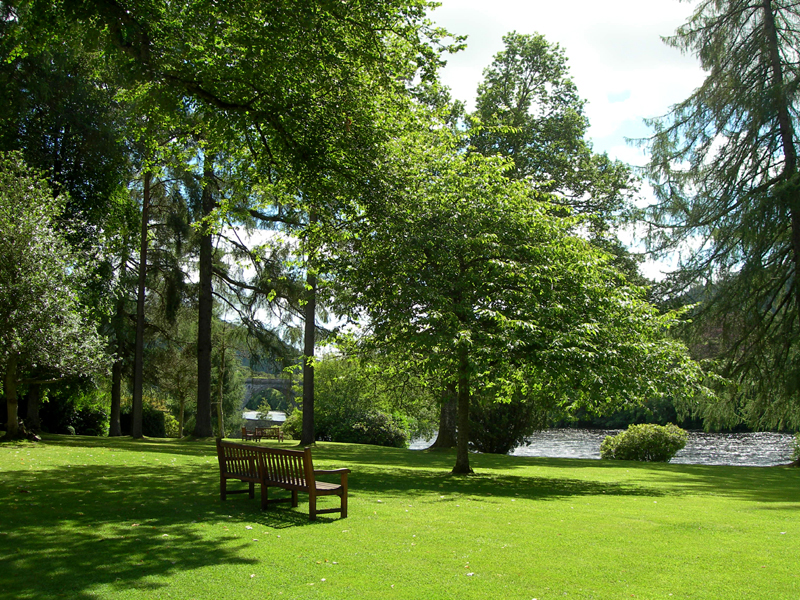
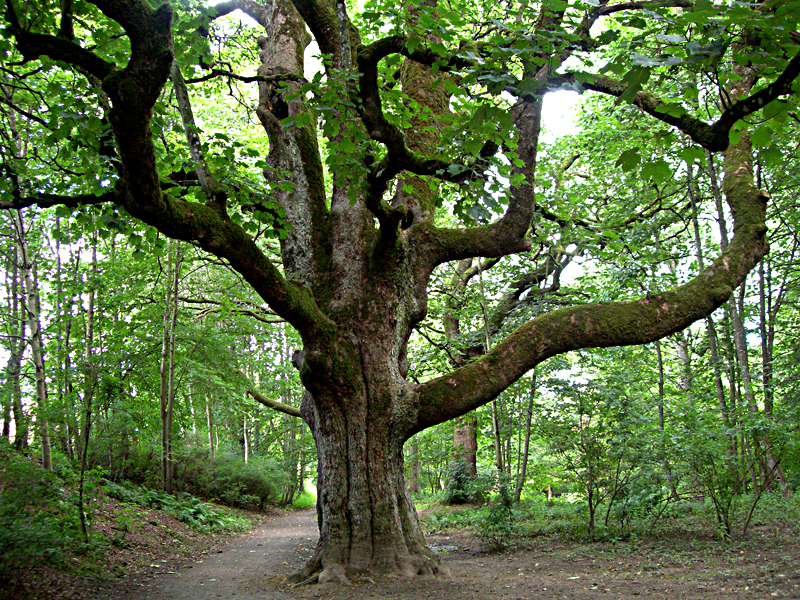



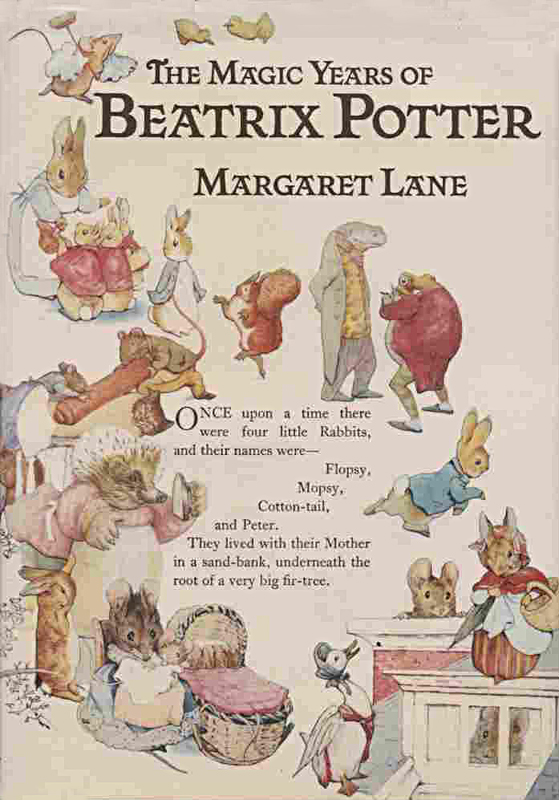


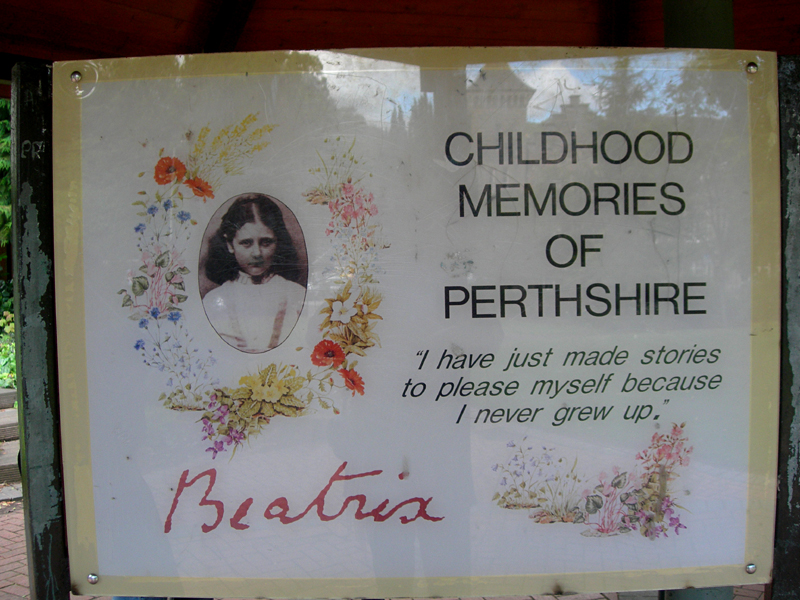

[…] article Scotland, a great source of inspiration for Beatrix Potter at Scotiana.com joyfully take us on a journey into the marvelous book illustrations and lovely […]